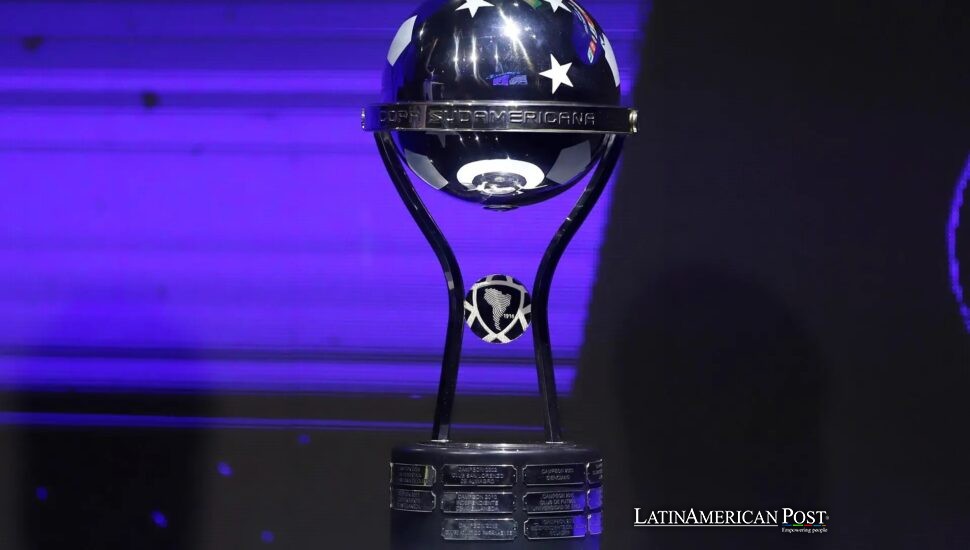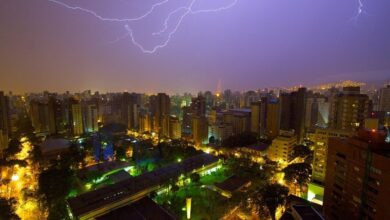Sudamericana Cup Stirs Drama with Surprises and Disappointments

The Sudamericana Cup group phase is at its midpoint this year. A dramatic picture develops: underdogs win, favorites falter, plus there are surprising exits. Fans prepare for the last important rounds. Those rounds decide who goes forward to the knockout part of the tournament.
Mushuc Runa’s Stellar Performance
Until recently, few imagined that Mushuc Runa—a modest club from the Ecuadorian highlands—would become the standout story of the 2025 Sudamericana Cup. Founded just 22 years ago, the team has soared to the top of its group, winning every match so far (three wins from three). Boasting an attractive, attack-minded style reminiscent of a “jogo bonito,” they look primed for an early qualification to the round of 16.
The team, nicknamed “El Ponchito,” highlights the Indigenous Quichua roots in the region surrounding Ambato. In Quichua, the music Runa means “new man,” which is an apt description of a squad disrupting old hierarchies in continental football. Coached by the Paraguayan ex-footballer Ever Hugo Almeida, Mushuc Runa earned a Sudamericana berth by finishing sixth in the Ecuadorian Liga Pro’s 2024 season. Now, riding the form of standouts such as Carlos Orejuela, Dennis Quintero, Luis Arce, and Mauricio Alonso, they’re on track to make history.
Behind Mushuc Runa, other undefeated teams remain close contenders—like Guaraní, Universidad Católica of Ecuador, Huracán, América de Cali, Godoy Cruz, Gremio, and Fluminense—though most have dropped points, totaling “just” seven. By contrast, Mushuc Runa commands a perfect nine points, swiftly converting them into tournament darlings.
Scoring Races and Group Dynamics
Off the pitch, individual battles for the Golden Boot fuel anticipation. Colombian forward Dayro Moreno, the all-time top scorer in Colombian league history, continues to dazzle for Once Caldas, currently tallying four goals. Tied with four is Ismael Díaz of Ecuador’s Universidad Católica—both strikers leading a sharp chase for top scorer. Their output reflects the free-flowing offense on display in multiple groups.
Moreno scored three goals against San José La Paz, highlighting his deadly finishing ability. Ismael Díaz showed related skill, scoring two sets of two goals in back-to-back games. Once Caldas, in addition to Universidad Católica, continues as a top competitor. They combine solid defense with effective offensive capability. At the same time, some other well-known teams are showing weakness. Racing de Montevideo has no points in Group C. It faces likely early removal from contention. A low score count plus repeated defensive mistakes indicate pressing problems for team leader Cristian Chambian. He is having difficulty repairing weaknesses in his defense.
Across Group E, Cruzeiro has disappointed fans by losing its first three matches, conceding five goals while netting only two. Many recall Cruzeiro’s glory days with iconic talents and multiple domestic titles, but the current setup under the Portuguese coach Leonardo Jardim appears far from that legacy. A minus-three goal difference leaves them in dire need of an immediate turnaround if they hope to avoid a humiliating group-stage exit.
Shocks and Farewells on the Sidelines
The other notable storyline in this Sudamericana Cup is the abrupt coaching change at Corinthians, following an underwhelming run by veteran manager Ramón “el Pelado” Díaz. Despite a storied résumé that includes 17 career titles, the Argentine coach parted ways with the Timao after a bad start in the league and two stumbles in the Sudamericana. Fans and pundits had initially praised Díaz for saving the club from relegation last season, but the board’s patience wore thin. Now, ex-Brazil boss Dorival Junior assumes the reins, aiming to rescue a team that fell behind in Group C after a home loss to Huracán and a draw at América de Cali.
On the brighter side, the composition of the next round remains enthralling: the eight group winners automatically reach the round of 16, while eight second-place finishers enter a playoff with Libertadores third-place sides for the final knockout spots. As the midpoint of group play passes, fans analyze permutations—some clubs look safe, others scramble for survival. For instance, teams lying third or fourth can still leapfrog if they harness form in the last three matchdays.
Looking ahead, the core question stands: can Mushuc Runa retain this stellar momentum and secure top position in their group? Will Corinthians rebound under Dorival Junior, or will the glaring void left by a mid-tournament coaching change prove insurmountable? Meanwhile, the scoring chase between Dayro Moreno, Ismael Díaz, and other hungry strikers continues to captivate watchers.
From an organizational perspective, half the field edges closer to heartbreak or glory, with each match intensifying narratives of giant slayers and resurrected giants. Observers anticipate bigger crowds, especially for final group matches that could define entire campaigns with a single flick of the ball.
Overall, the Sudamericana Cup’s group-stage midpoint confirms a tournament marked by unpredictable upstarts, established powers in a slump and spirited player battles for scoring accolades. After a riveting opening half, the tension only escalates. Clubs must now harness any advantage possible—whether home support, strategic signings, or plain grit—to chase a chance at knockout glory. By the end of matchday six, fans hope to celebrate underdogs who soared or mainstays who recovered.
Also Read: Argentina Rekindles Eternal Rivalry After Unforgettable Superclásico Spectacle
For now, all eyes rest on an impressive Mushuc Runa, forging a proud storyline for Indigenous communities and Ecuadorian football. With each new fixture, the region’s passion for the beautiful game remains as vibrant as ever, ensuring that the Sudamericana Cup enthralls watchers across Latin America—and beyond.




